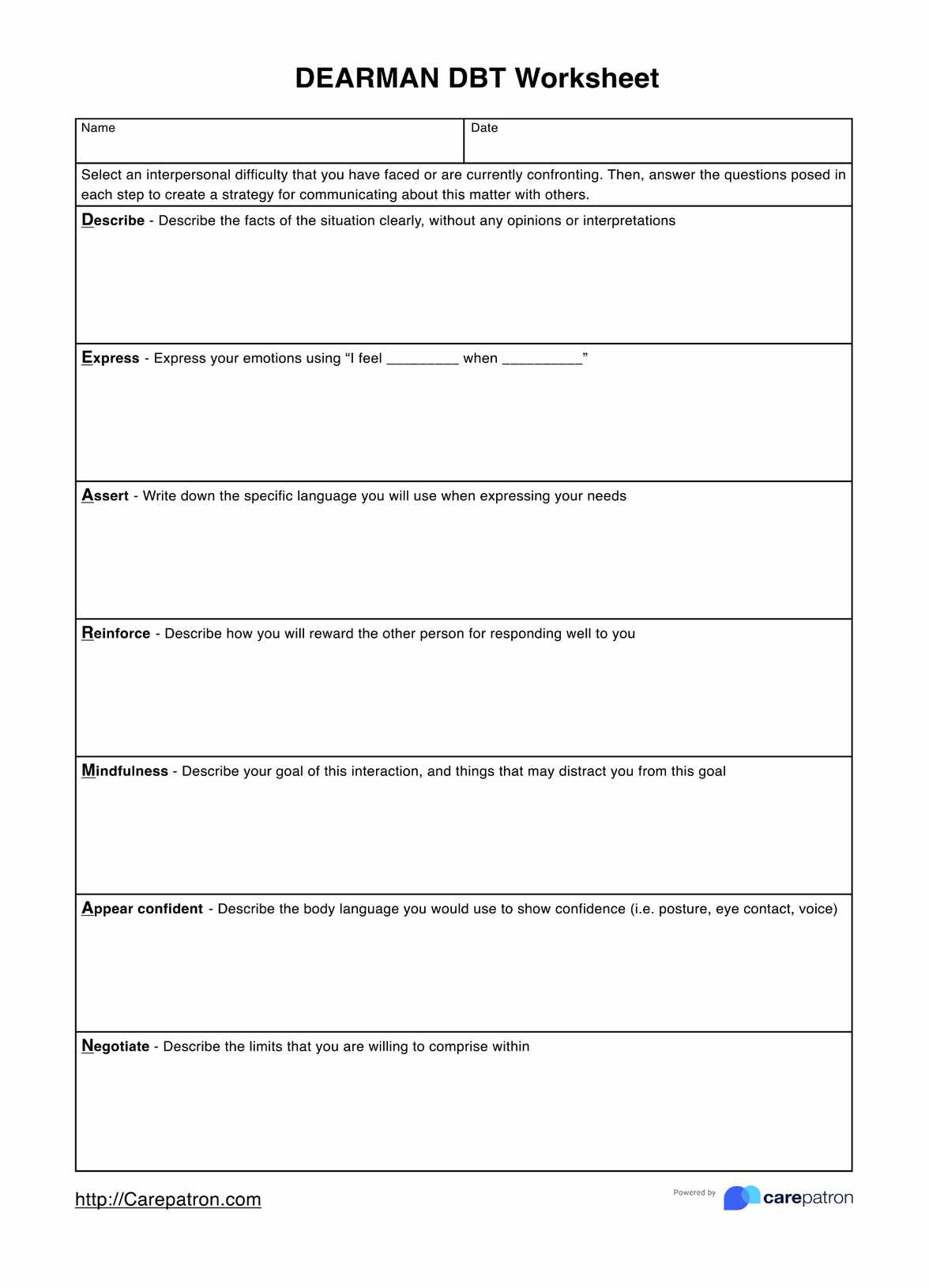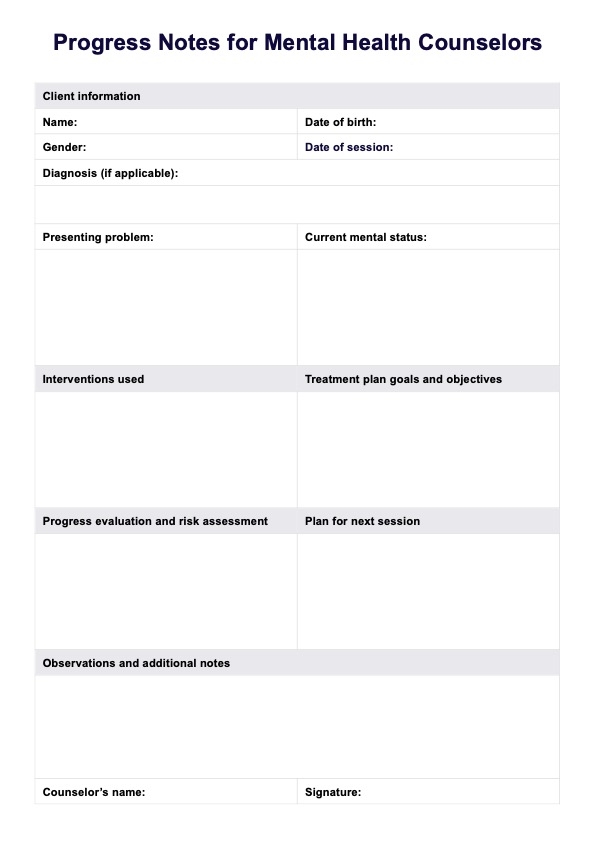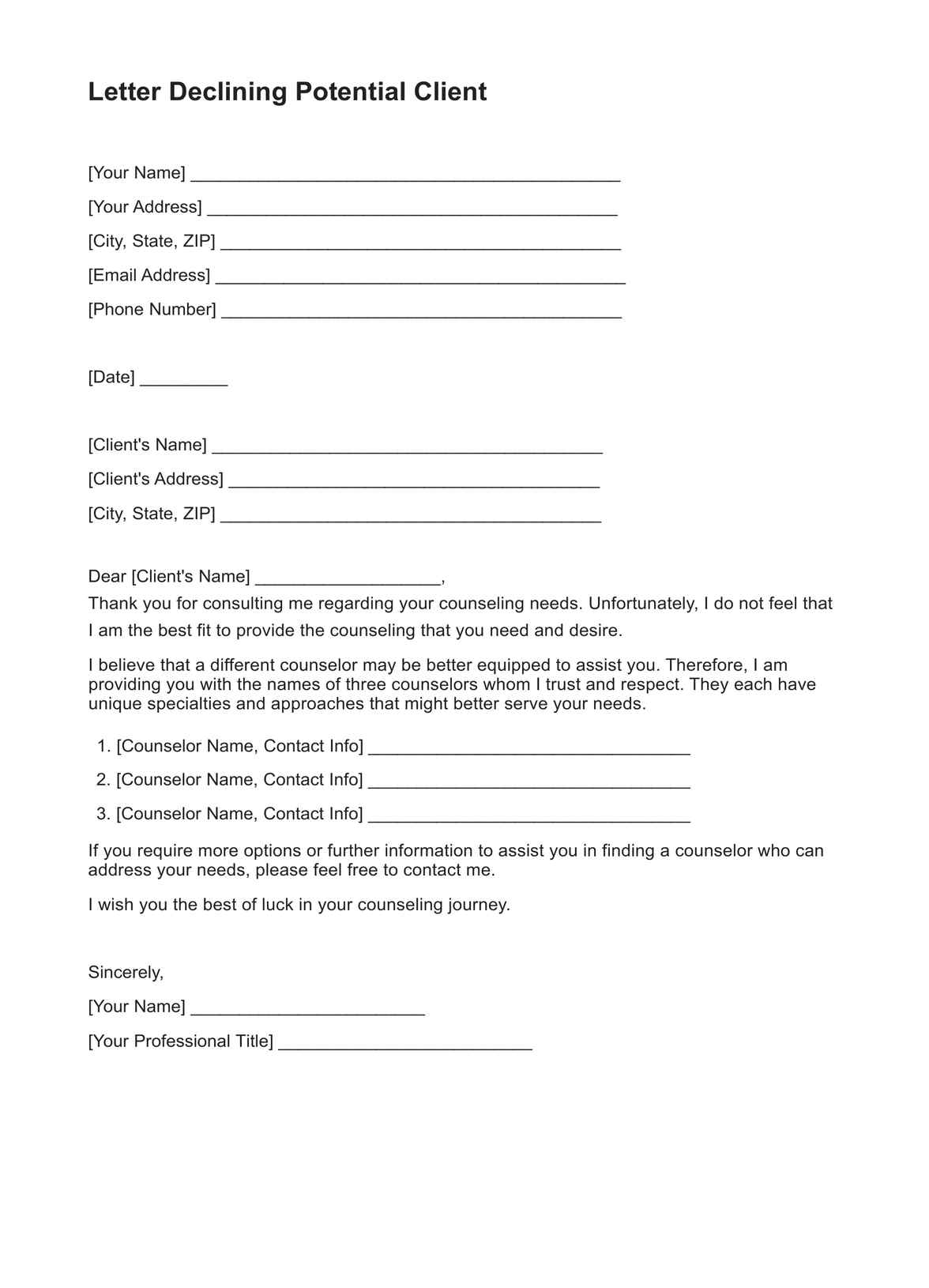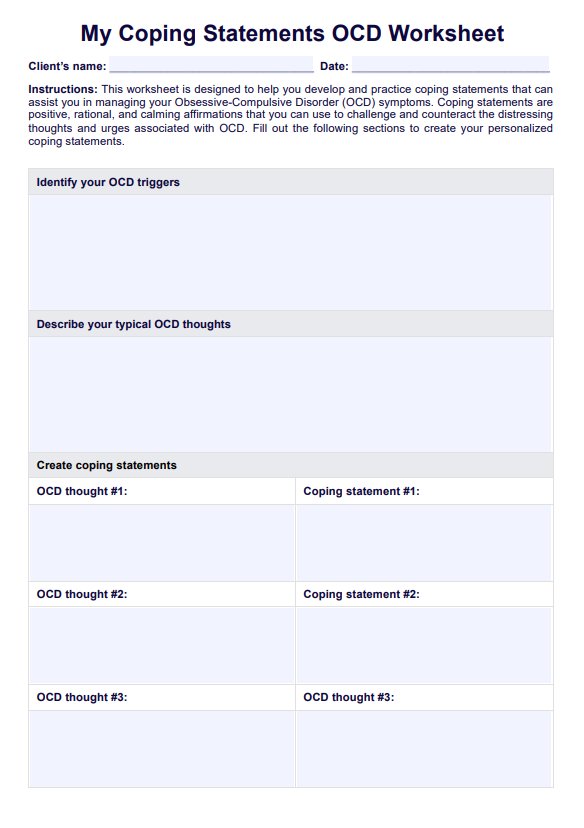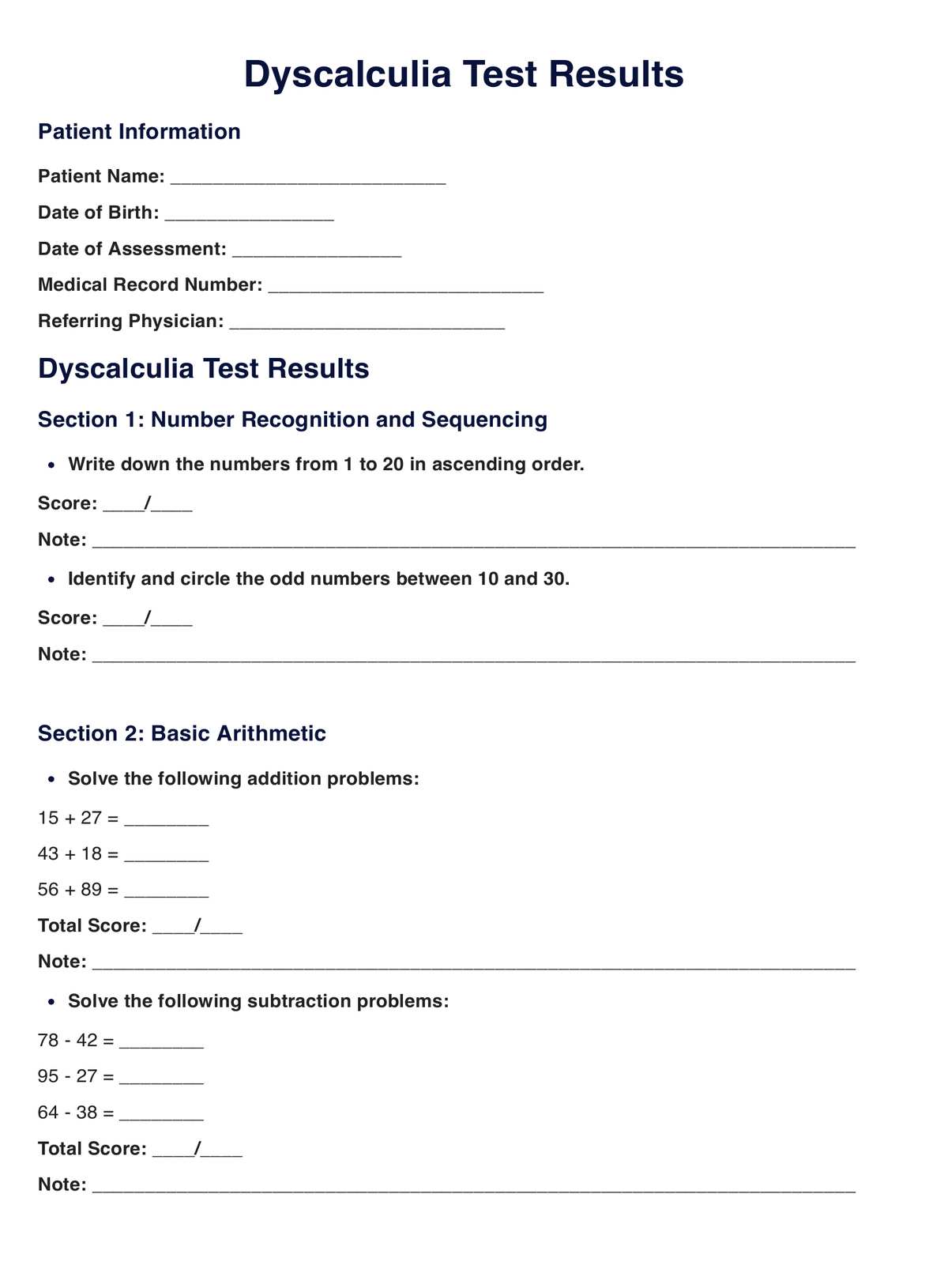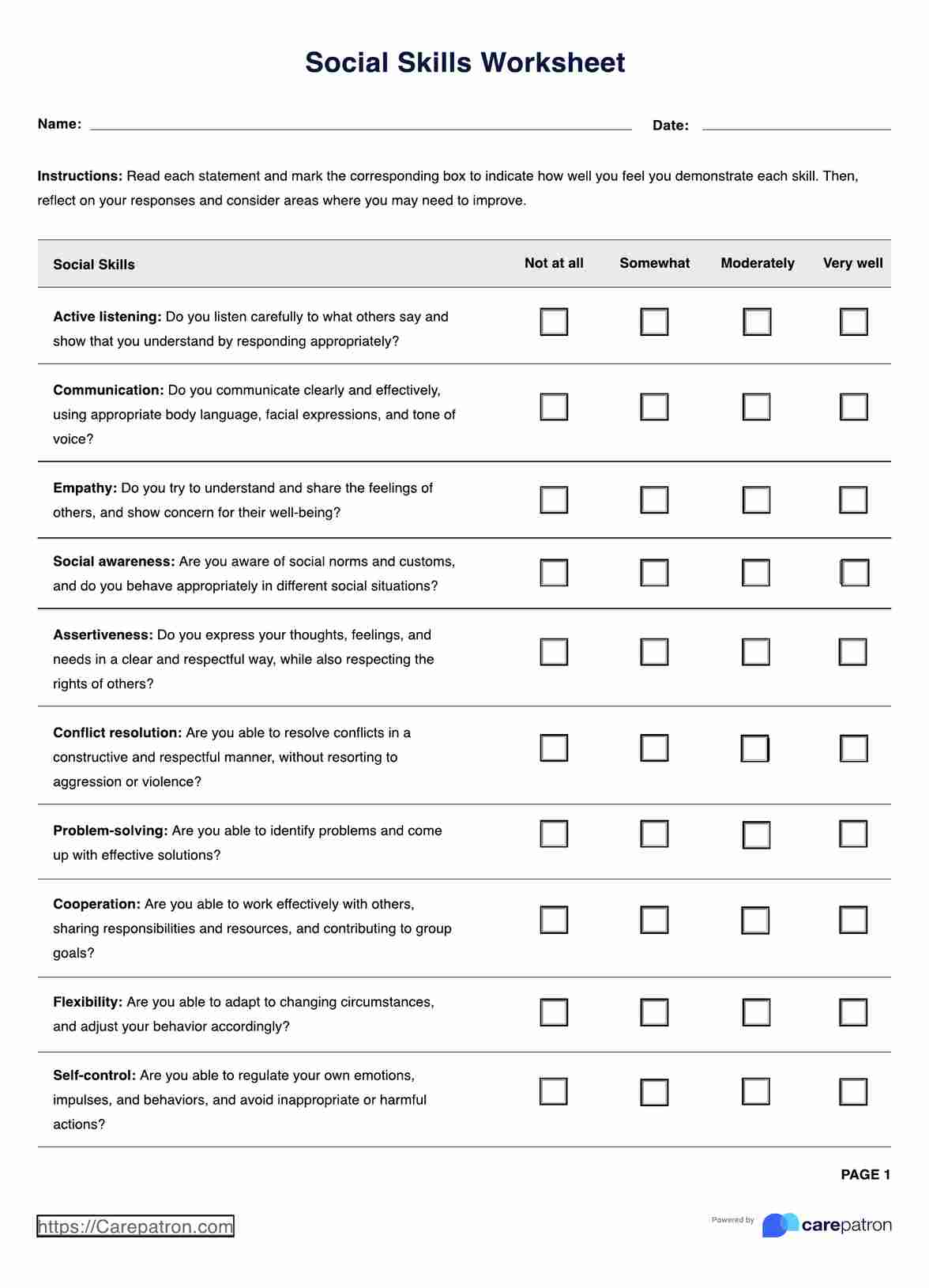Reality Testing Worksheet
Issue this Reality Testing Worksheet to help calm down a client that always thinks the worse is about to come. This worksheet should help them re-evaluate their thoughts and be more objective about certain situations.


What is a Reality Testing Worksheet?
Whenever we go through terrible experiences, get involved in horrible situations, or have an unfavorable outcome, it’s normal to feel bad, disappointed, and fearful about what comes next. While this is normal and it’s okay to feel any of those emotions, it’s important to note that if they are excessive and debilitating, there are effective coping mechanisms.
Reality Testing Worksheets were created for people who normally expect the worst outcomes as a result of bad experiences, or they exaggerate what is going on when something bothers them. These worksheets help clients examine their thoughts regarding certain situations and provide prompts/exercises that will help them challenge and re-evaluate how they think so they are more realistic with their expectations.
Always thinking and expecting the worst is an irrational and distorted thinking pattern, and this can lead to anxiety, paranoia, depression, and other mental states that are detrimental to a person’s health. Using Reality Testing Worksheets may help with combating distorted thinking patterns by teaching clients to be more self-aware and realistic, and to think critically to improve their overall well-being!
Reality Testing Worksheet Template
Reality Testing Worksheet Example
How to use this Reality Testing Worksheet
Reality Testing Worksheets come in different forms, but one of the most common forms is the one where clients do the following:
- They indicate a situation or thought that they have
- They classify the kind of negative thinking they have on that situation or thought (the types of negative thinking are usually defined via the instructions)
- They take a step back and indicate more realistic thoughts regarding the situation/thought they originally had
- And last, they determine actionable steps that will result in more favorable outcomes rather than what they have been fearing
This is the form of the Reality Testing Worksheet that we will discuss, and it is an imitation of the Reality Testing Worksheet made by the Waterloo Student Success Office. While their version is for students, we made a few tweaks to the version here so that it also accommodates adults.
Step 1: Issue this worksheet to your client and have them read the instructions.
When you have a client exhibiting signs that they tend to overthink and catastrophize situations, and they do so in unhealthy ways, then you should issue this worksheet to them as soon as possible.
The client will be the one engaging with this worksheet the most, so besides issuing this to them, it’s also best to inform them about why you are asking them to fill out this worksheet. Read them the instructions, which ask them to think objectively about things, to think first before reacting, and to consider other perspectives before making a judgment on the matter.
There are also examples to read out so they have an idea of what to indicate in the worksheet and a general list of errors in thinking that they might be doing.
Step 2: The client will indicate situations or thoughts that they view in a negative or exaggerated light.
Completing this worksheet is not difficult. The instructions are straightforward and given there are examples and even definitions of certain terms, the client shouldn’t encounter any difficulty. All they need to do is to:
- Indicate the situation or thought that they view in a negative or exaggerated light
- Indicate what they do in response to those views
- Indicate the error in thinking that best matches the way they view the problem
- Indicate a more realistic view of the problem
- And then indicate actionable steps so that they reach more favorable outcomes or get clarifications (the steps will vary depending on the problem)
Step 3: Use their answers as discussion points for later sessions.
You can have your client keep the copy for a while, given that it has multiple boxes where they can jot down their negative views on situations/thoughts.
You can use what they wrote as discussion points for your subsequent sessions. You can also build on their actionable steps to help them work through their negative thinking and develop the key skills to manage such thoughts healthily.
When is the best time to use this Reality Testing Worksheet?
On the part of the healthcare professional who has this worksheet for their work, the best time to issue this to their client is during a session where they have identified that their client tends to overthink and catastrophize situations more so than normal.
On the client's part, they can work on it as soon as the healthcare professional handling them issues it. They can do it on the spot, or if they need more time or space to work on it, they can do it at home.
If they keep the worksheet with them, they can engage with it whenever they suddenly start having negative and irrational thoughts about something causing them anxiety and distress. This worksheet can help them calm down and take a step back to relax and consider other perspectives before jumping to conclusions.
The worksheet has multiple boxes to accommodate those who have several negative and irrational thoughts. By design, they can use this whenever necessary to help them work through their negative thoughts.
Who can use this Reality Testing Worksheet?
Since the Reality Testing Worksheet deals with mental health, the following healthcare professionals can use this for their work:
- (Clinical) Psychologists
- Psychiatrists
- (Mental Health) Therapists
- Counselors
So long as the professional is trained and experienced in Cognitive Behavioral Therapy (CBT) or another type of psychotherapy, they can add this worksheet to their roster of tools.
If you are not receiving therapy under a professional, you may still use this if you believe it can help you develop critical thinking skills. However, we do recommend that you see an actual therapist if you are resorting to using this worksheet.
.png)
What are the benefits of using this Reality Testing Worksheet?
It helps healthcare professionals identify negative thought patterns.
Reality Testing Worksheets in general may help healthcare professionals identify the negative thought patterns that their clients have. You can only glean so much information from a face-to-face session, but a worksheet can reveal more of the client’s true experiences, allowing them to develop a care plan the client will benefit from.
This can help the client become more self-aware.
Sometimes, people can get lost in their negative thoughts and remain unaware that they are overthinking or catastrophizing situations. By engaging with this worksheet and following the instructions to the letter, they might be able to get the necessary distance they need to properly examine their negative thoughts and realize that what they are doing is detrimental to their mental health.
This can help clients develop critical thinking skills and ground their thoughts.
By becoming more self-aware of how they tend to think about certain things, opportunities arise for them to take a step back and consider that there are more sides to a situation and there are several ways to take that will prevent them from reaching whatever unfavorable outcomes they have had in mind. By considering more possibilities and determining actionable steps to bypass their negative thoughts, they can develop a more realistic way of thinking about things, which, in turn, helps them manage their negative emotions and even reduces the negative emotions and thoughts they have.
Commonly asked questions
You can definitely use it on your own, however, this doesn’t make it a (perfect) substitute for therapy. In order to truly determine the effectiveness of this worksheet on your mental health, it’s best to see a therapist or counselor. They will be able to cover more ground and determine if there is more to your negative and irrational thinking or not.
The actual answer will depend on the person using it because each person is different. For some, using this tool is more than enough because they do not have any severe mental health issues or disorders. They can easily do what the worksheet asks them to do, which is to be more realistic with how they think and determine what to do.
But, there are people who have more severe mental health issues and disorders. The Reality Testing Worksheet might not be enough, that’s why, earlier in this guide, we recommended that you take a look at our other guides, assessments, and worksheets, and grab what you think will help you cover more ground with your client(s).
If you are a healthcare professional, you can issue this every now and then. The Reality Testing Worksheet has multiple entry boxes so the same sheet can be used several times by the client. If they use up all the boxes, you can simply reissue a blank worksheet to them. It’s highly recommended that you tell them to use the worksheet whenever they start to have negative and irrational thoughts, especially if they are about situations.


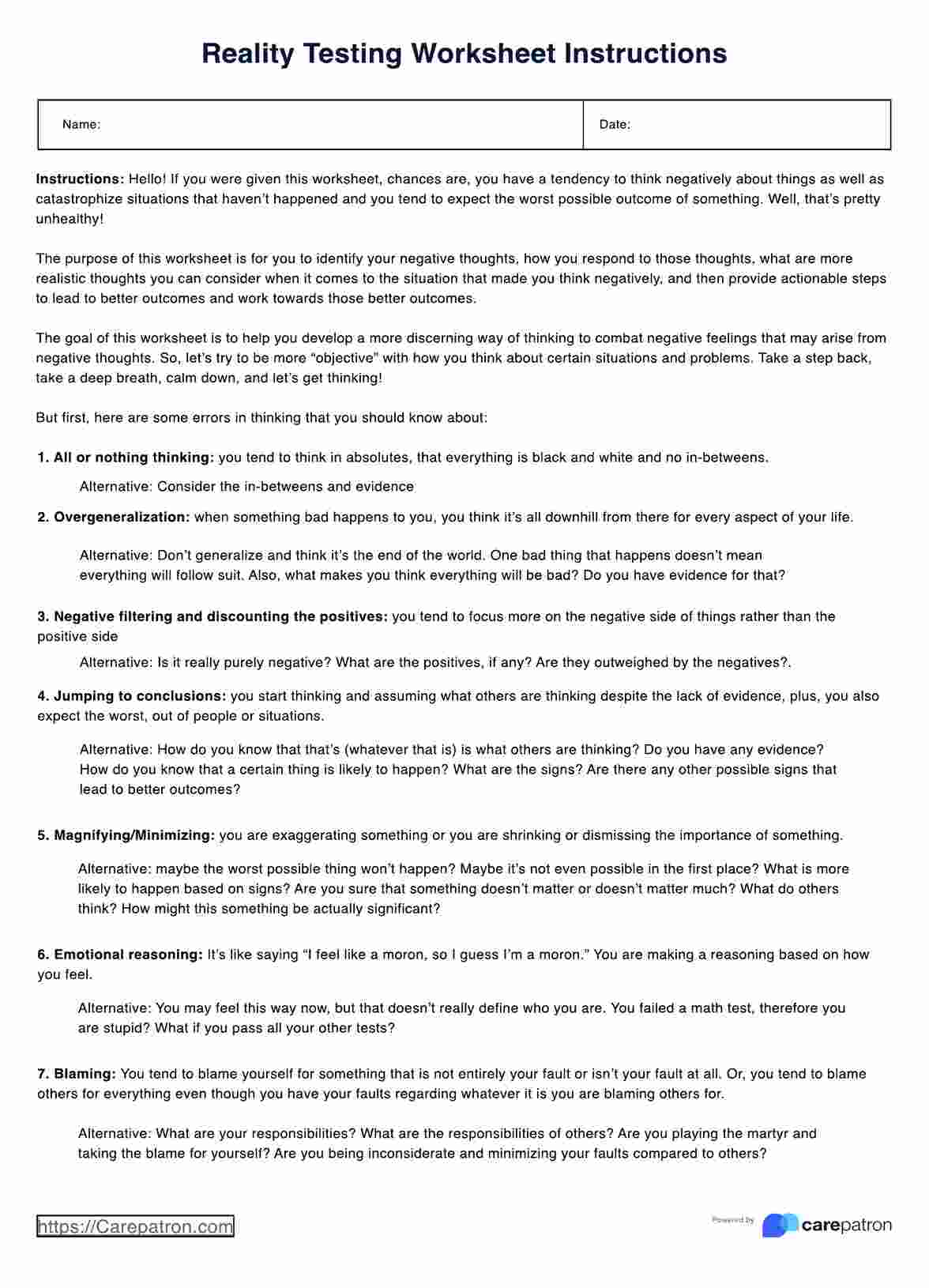
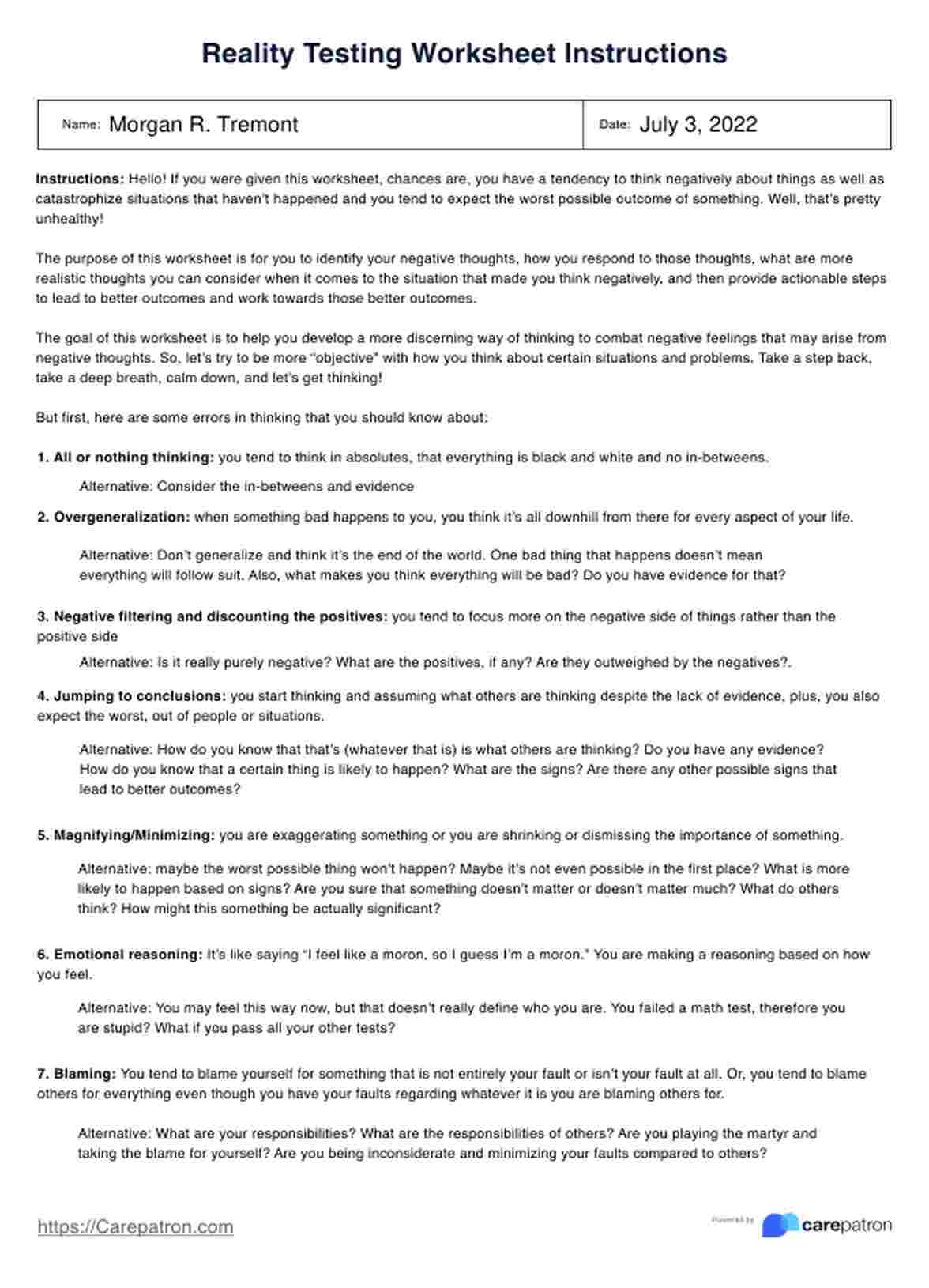

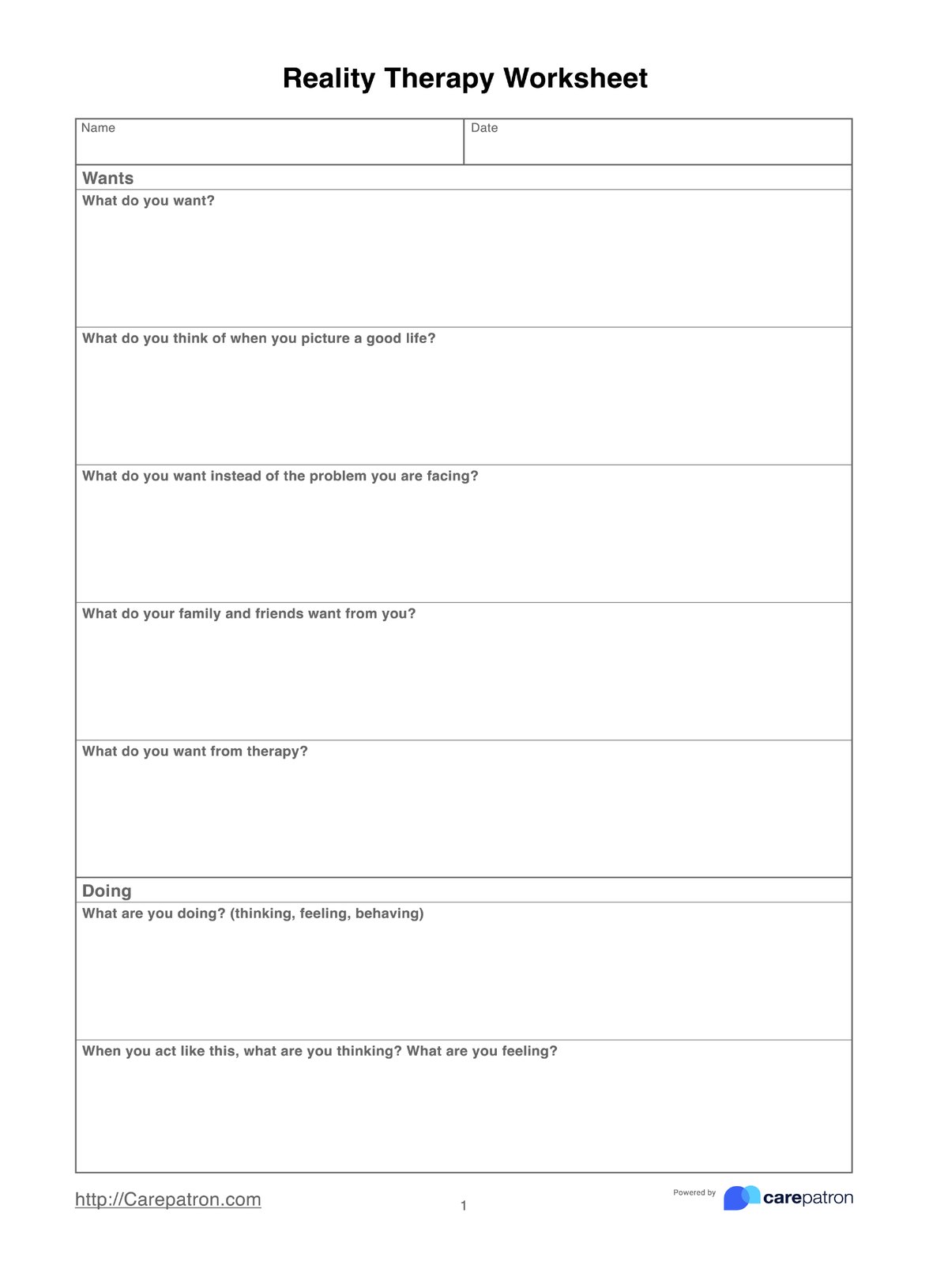














-template.jpg)





















































































